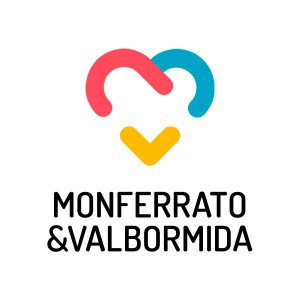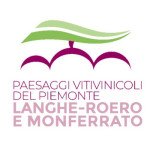Chiesa di San Matteo
Useful services
via Emilia, 291 - 15057 Tortona (AL)
Tel. +39 (0131) 861.392
http://www.diocesitortona.it
St. Matthew’s Church is documented since at least 1134, when it was mentioned in Pope Innocent II's bull on 30 November, as belonging to the Regular Canons of Santa Croce of Mortara. In 1449, the church and the annexed monastery become property of the Canons Regular of the Lateran until 1666 when the transfer was stipulated to the Cathedral Chapter: the Dominicans settled there, after their convent which was close to the fortress was destroyed in 1643 due to the French-Spanish conflict resulting in the devastation of a large area of the city of Tortona. With the suppression of the Dominicans in 1802, the church became episcopal collation parish, except for the parenthesis regarding the presence of the Crutched Friars between 1846 and 1882. The current church with a single nave featuring a curvilinear apse is the result of the reconstruction undertaken by the Dominicans in the second half of the 17th century. The facade, coated in travertine, presents two orders with Doric pilasters and central window with mixtilinear splay.
The restoration works undertaken in 1961 have completely changed the interior furnishings of the church: the high altar has been moved to the apsidal basin (widened a few metres) with the consequent removal of the wood choir and balustrade. The apse has been coated by a mosaic depicting an allegory of the Church in the contemporary age.
Of the four altars, two have been demolished, while the remaining ones are completely rebuilt in a smaller size. The first altar on the right hosts the Lourdes grotto and was inaugurated in 1894. Embedded in the wall on the left is an exquisite panel depicting Our Lady with Child, attributed to Barnaba da Modena (1370-77 approx.). In the part underneath is a precious wooden Crucifix of the 14th century, probably from the ancient convent of St. Dominic.
The church also held the canvas of Our Lady with Child and St. Hyacinth by Lazzaro Tavarone (1590). The cloister on the right of the church, completely rebuilt between the 17th and the 18th century, englobes a massive concrete block (m. 8.90 x 8.70) dating to the Roman period (1 century BC), imposing basement of a triumphant monument, mistaken by Tortona’s scholarly tradition as the mausoleum of the emperor Majorian. He had been assassinated close to Tortona in 467 AD by General Ricimero.














